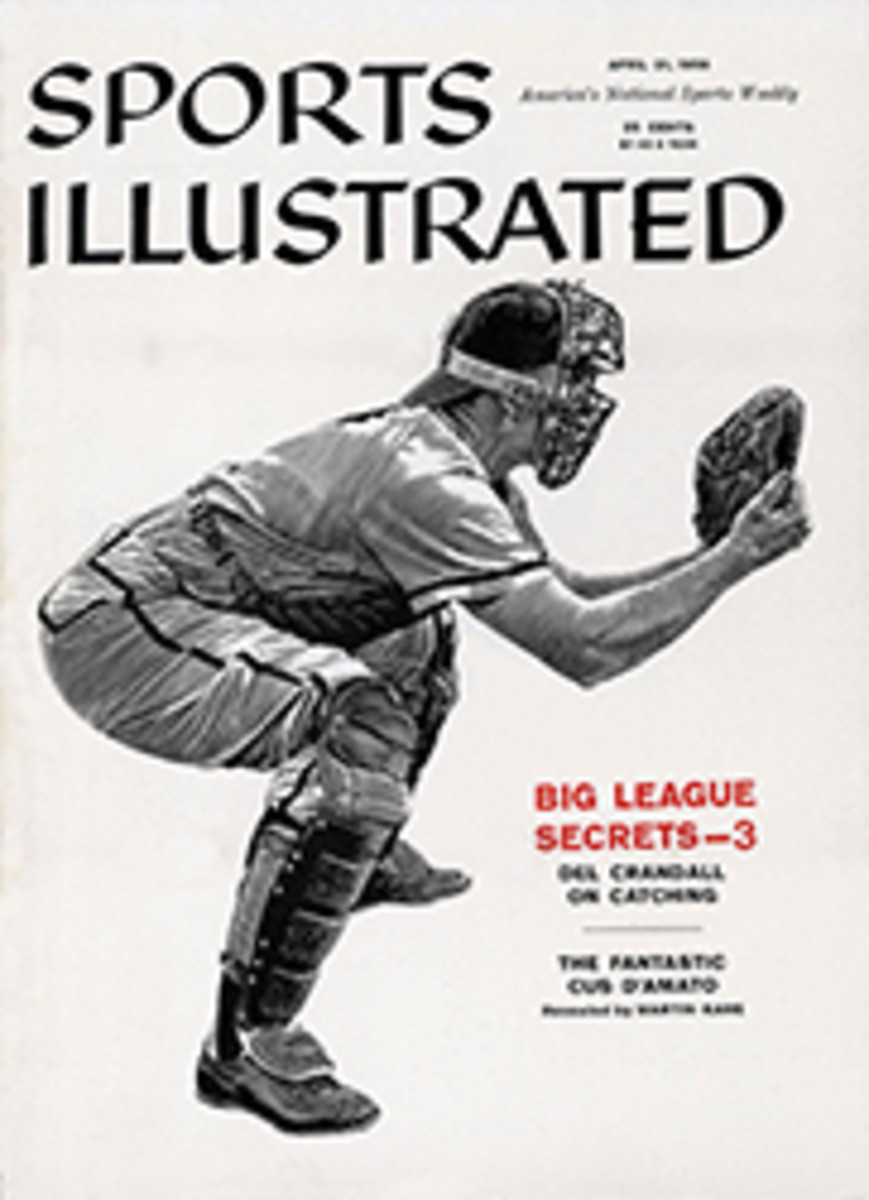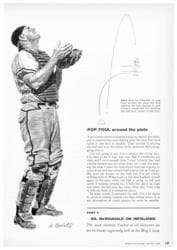
The Great Migrator
Migrating Canada geese, flying northward in the early spring, their steady wingbeats accompanied by that familiar wild honking, cause deeper emotions inside the human population of North America than any other bird. Some people, on seeing the great wedges of geese flying over them, will break into a run, as though eager to follow the homing waterfowl. Others take deep breaths as they turn their heads to the sky. Some stand in wistful contemplation of the phenomenon. My reaction is to yell back at the honkers in an exultant effort to cheer them on their way. Bleak is the spirit of him who is not stirred in some manner.
There are many reasons why these sky travelers should evoke such profound feelings, whether those who experience the feelings are aware of them or not. Those pointed wedges and those wild cries in the blue mean that the members of that flock are heading back to the very meadows, marshes or stream banks where they were hatched and reared. It is something akin to that which makes an Iowan dwell on the charms of his home state or a man boast of the excellent fire department in Waxahachie, Texas.
This homing instinct, this insistence upon returning to the same locality each year, makes the Canada goose one of the most interesting of all North American wildfowl. Because they return to the same area each year to breed, the species has developed many distinct races. The result is that the Canada goose includes strains ranging in size from big 12-pounders down to little Canada geese about the size of mallard ducks.
Although it has its own regional accents and varies greatly in size, the Canada goose is essentially a North American bird, regarded by many ornithologists and hunters as our finest wildfowl.
They breed in the northern parts of California, in Nevada, Utah, Colorado, South Dakota, Nebraska, Indiana and over to the Gulf of St. Lawrence and Newfoundland. They once bred farther south, and isolated groups are now found again in many regions south of their accepted breeding range.
AN AIR OF RESTLESSNESS
As migration time approaches in the early spring the geese assemble in flocks and seem to be making preparations for their long trip. They honk and gabble to each other. An air of restlessness is evident. Then a segment of the flock will rise into the air, maneuver into the famous V-shaped formation and head north. They fly both by night and by day, and often the honking chorus is heard before the birds are seen.
On their breeding grounds Canada geese display many distinctive traits. They mate for life, but if one bird of a pair is killed the remaining one may take another mate. The nest is usually on the ground, although sometimes they take old nests of hawks or ospreys in trees. Some races do a thorough job of building the nest and lining it with down. Others get along with a comparatively simple depression in the ground. Four to 10 dull-white eggs are laid, and the incubation period is 28 to 30 days.
Geese are among the few species of birds in which the family group remains together after the young are raised and able to shift for themselves. When fall comes the families migrate together and remain together on the wintering grounds. The families go back north in the spring, and it is not until they are back on the breeding grounds that they finally break up.
Their trait of returning to the home nesting grounds has led many landowners to get families of geese established on their ponds. The late Jack Miner proved many years ago that if geese are given protection on a small pond they will soon become tame and trusting. Starting in 1904 at Kingsville, Ontario, Miner built up a sanctuary which still attracts thousands of geese and thousands of visitors who journey there to see them.
To observe Canada geese under semicaptive conditions I like to visit the pond of T. Donald Carter near Boonton, N.J. Carter, who is Assistant Curator of Mammals at the American Museum of Natural History, raises wild ducks and geese as a hobby. He built a two-and-a-half-acre pond, erected a high wire fence around it and stocked it with many species of wild ducks.
Then he added a pair of pinioned Canada geese. They built a nest on a small island in the pond and defended their island domain fiercely. One day Don rowed out to the island to see how they were getting along, and they drove him off. Since that time Don has maintained a small group of Canadas on the pond, permitting the young to grow up and fly as they will. Usually they stay around the neighborhood, making forays around suburban New Jersey but always returning to the pond. Sometimes they go away for long periods. One pair flew away but came back just a year later.
One day I asked Don if he knew the origin of the phrase "silly goose." He bristled with indignation and said, "I don't know where it comes from, but it's not true." He told how one time he and some helpers brought out a roll of wire and used it to herd his old pair of geese into a pen. A year later he wanted to put them into the pen again so he brought out the roll of wire. As soon as the geese saw it they took off for the far end of the pond, and his attempts to corral them with the wire were futile.
"I'm sure they remembered," he said, "and when a bird does a thing like that you can't call it silly."
Don's admiration of the Canada goose is shared by many. Francis H. Kortright, in his book The Ducks, Geese and Swans of North America, wrote that the characteristics of the Canada goose are "sagacity, wariness, strength and fidelity," and he indicated that in these respects the Canada goose could serve as a model for man. In any event, the Canada goose is a noble bird.
PHOTO
JOE VAN WORMER

